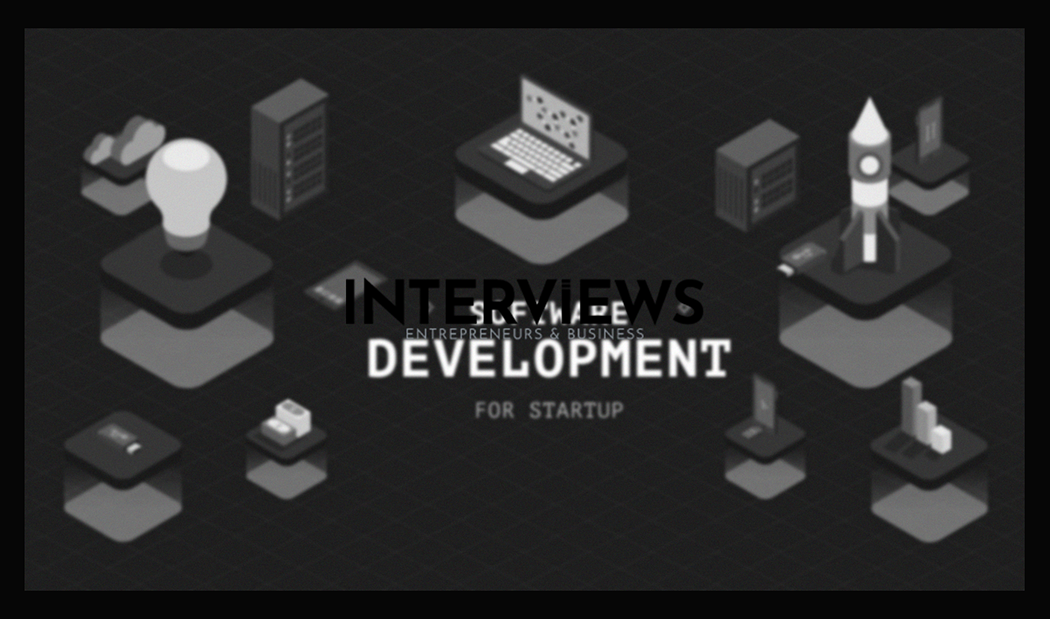Unlocking the Secrets of Web Application Builders: Your Guide to Creating Web Apps Like a Pro
Ever wanted to build your own web application? It is now possible. Web application builders make it easier for everyone. Even if coding is hard for you, building an app is now within reach. What is a web application builder?
What in the Web is a Web Application Builder Anyway?
A Web AppBuilder is like a digital kit for web apps. Think LEGOs but for creating websites. Esri defines these builders as tools to create both 2D and 3D apps using tabs. You find tabs labeled ‘Theme,’ ‘Map or Scene,’ ‘Widget,’ and ‘Attribute.’ Start your creation here.
Want to make something special? Many builders, especially developer editions, allow downloads of the framework. You can create custom widgets and themes. Essentially, you can design your app-building universe.
The Ultimate Arsenal: Best Web App Builders & Tools
Selecting a web app builder can feel like picking a character in a video game. No worries! We have the best recommendations for you.
For a solid yet affordable option, try Momen. It is a full-stack web app builder great for data management and budget-friendly. It now includes AI features too! You can create your AI-powered web apps easily.
If you dislike code, consider no-code tools. Here are some excellent choices:
- Softr: This is the perfect starting point for beginners who want to explore no-code.
- Bubble: This combines power with simplicity. Bubble has robust features without being overwhelming.
- Zapier Interfaces: If you love automation, this tool will help you manage your app-building automations. For more options, check Zapier’s guide on no-code app builders in 2025.
- Glide: Craft simple mobile apps without the hassle of complex development. Glide makes the transition from spreadsheet to app simple.
If you prefer classic web development tools, they still hold value:
- React: This JavaScript library is crucial for building user interfaces and is widely used.
- Vue.js: Another JavaScript framework, praised for its straightforwardness and progressive nature.
- AngularJS: Developed by Google, AngularJS is a strong framework for dynamic web apps. It’s a veteran in the JavaScript field.
- Bootstrap & Tailwind CSS: These CSS frameworks help design sleek, responsive websites efficiently.
- PHP, Python, JavaScript: These programming languages are essential for web development, providing versatility and power.
Let’s Get Building: Crafting Your Own Web App
Want to build your web app without spending money upfront? Use Jotform’s app builder. It is user-friendly, allowing drag-and-drop features for forms, widgets, and more. No coding or design skills needed. Once done, download it for smartphones, tablets, or computers.
Considering the overall web app creation? It is a journey. Resources like Kissflow’s “How to Build a Web Application in 12 Simple Steps (2025)” outline the process. Here’s a glimpse:
- Idea Spark: Start with a problem to solve.
- Market Research: Validate your idea through market investigation.
- Functionality Definition: Specify your app’s functions clearly.
- Workflow Planning: Organize user journeys through the app smoothly.
- Minimum Viable Product (MVP): Build a basic version of your app first.
- Wireframe & Prototype: Sketch the layout and create a prototype to test.
- Seek Validation: Gather feedback on your prototype for improvement.
- Database Design: Determine data storage and management strategies.
- And beyond… Many more steps exist, but these are your foundations.
Web App vs. Website: Are They the Same Thing?
No, they are not! While both exist online, they serve different functions. A website showcases information like a digital brochure. A web app, however, allows interaction through programs within your browser.
A web app operates with web technologies like HTML, CSS, and JavaScript. It manages data through operations (Create, Read, Update, Delete) and helps users achieve goals online. Gmail or Netflix are examples; they involve interactivity beyond simple information display.
The Dollar and Time Clock: Cost & Time of Web App Development
Now let’s discuss costs and timeframes. Developing a web app is not free but can be managed. It will be quicker than constructing a skyscraper, though.
A simple app might cost between $10,000 to $50,000. For advanced features like integrations or custom designs, the price can rise from $50,000 to $250,000 or even higher. For detailed info, visit this guide on web app development costs in 2024.
The average time to build a front-end web application along with its backend is around 4.5 months. Complexity and team experience affect this time too. A simpler app may take about 3.5 months; larger projects might extend 7-10 months.
A small website (1-5 pages) takes less time—approximately 20-50 hours.
ArcGIS Web AppBuilder (Esri): A Specific Tool in the Shed
If you’re in GIS (Geographic Information System), you will know ArcGIS Web AppBuilder. It’s made for building web apps using maps and geospatial data without needing code.
This tool has features for creating complete HTML apps, perfect for visualizing geographic info. You will require an ArcGIS organizational account or Esri Developer account to access it.
A word of caution: ArcGIS Web AppBuilder is nearing its end. Its ArcGIS Enterprise version was deemed deprecated as of March 2023, with final plans scheduled for 2025. ArcGIS Online’s version will also retire in 2026.
ArcGIS Experience Builder: The New Kid on the Block
No worries if you’re an Esri fan! ArcGIS Experience Builder offers a modern and powerful alternative. The primary difference lies in their technology: Experience Builder uses ArcGIS Maps SDK for JavaScript, while Web AppBuilder relied on an older API.
This upgrade makes Experience Builder more adaptable and powerful. It allows much greater customization. If you’re aiming for unique web experiences, choose Experience Builder.
Alternatives to Web AppBuilder: Expanding Your Horizons
Outside Experience Builder, Esri has Instant Apps, another option for simple applications. Instant Apps replace older Configurable Apps. If you need targeted apps quickly, use Instant Apps for convenience.
To recap: for complex workflows, use Experience Builder. It replaces Web AppBuilder. For simpler apps, try Instant Apps. It replaces Configurable Apps.
Web App Examples: Apps You Use
What is a web app? You likely use them often! Think of Google Docs, Gmail, Facebook, Twitter, Amazon, and Netflix. These are web apps. They are interactive and data-driven. You access them through your browser.
Web App vs. Mobile App
Which to choose: web app or native mobile app? Web apps often win on simplicity, cost, and speed of development. If you want access on various devices, a web app can be your answer.
Key Programming Languages
Interested in code? Here are essential programming languages for web app development:
- JavaScript: Known as “the top web app language.” It is vital for front-end interactivity. It is also growing in back-end use.
- PHP: It is a strong choice for server-side scripting in web development. For front-end work, focus on HTML, CSS, and JavaScript. PHP supports from behind the scenes.
This is your guide to web application builders. Understand what they are, explore tools, costs, and technologies. Now, build your web app dreams! If I can understand, so will you.




